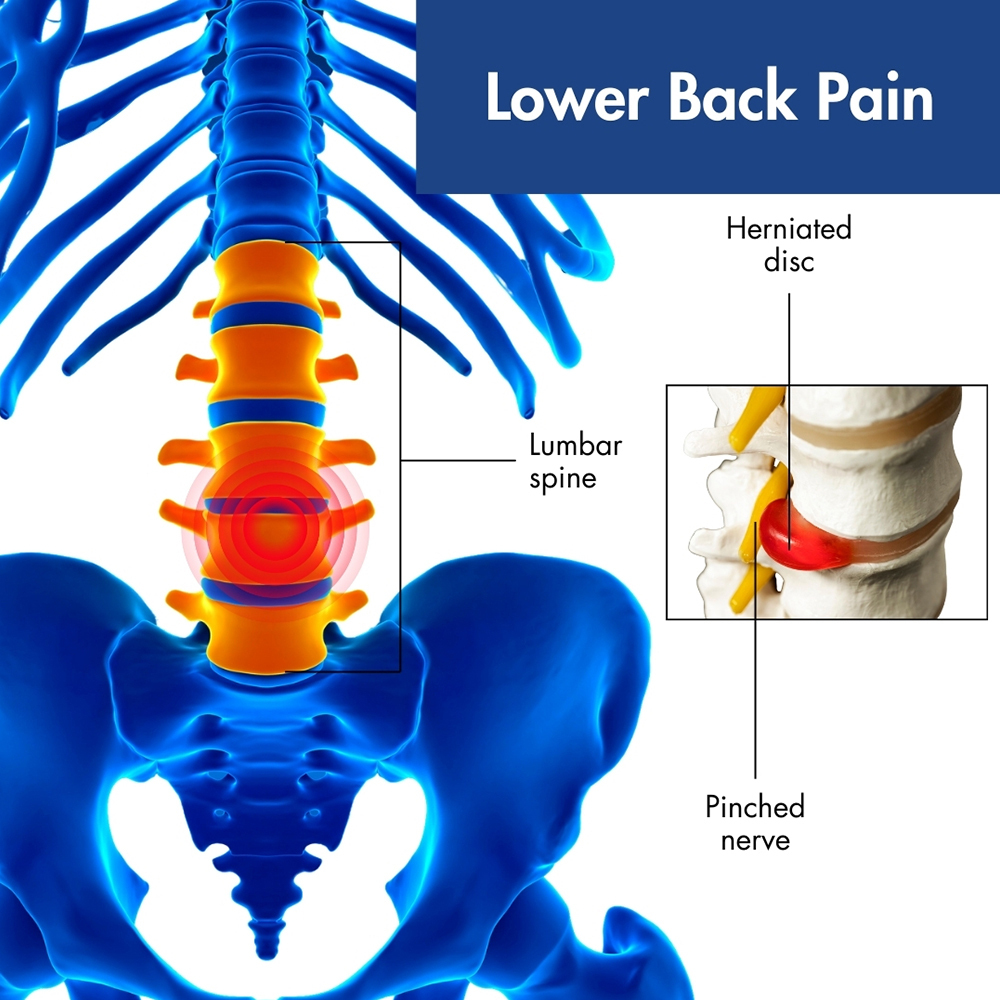We’re pleased to announce that Pain Physicians of Wisconsin is now Pro Spine Pain.
We’re pleased to announce that Pain Physicians of Wisconsin is now Pro Spine Pain.
 According to the World Health Organization, low back pain is the most prevalent musculoskeletal condition globally and stands as the primary cause of disability worldwide. But it is also a condition where most individuals could potentially benefit from rehabilitation.
According to the World Health Organization, low back pain is the most prevalent musculoskeletal condition globally and stands as the primary cause of disability worldwide. But it is also a condition where most individuals could potentially benefit from rehabilitation.
There are numerous potential factors that contribute to lower back pain. While self-diagnosis might be tempting, it’s not advisable. Whether you suspect your problem resulted from playing a sport or by lifting a heavy box, pinpointing the exact cause can be challenging. For this reason, it’s recommended to consult an experienced pain management doctor who can conduct thorough assessments to get to the root cause of your condition. With proper guidance, your recovery can progress smoothly, minimizing any lasting side effects. Schedule an appointment today for a comprehensive evaluation.
With over 80 percent of adults affected by back pain at some point in their lives, it is a very common complaint. But relief is within reach in Wisconsin at Pro Spine & Pain. Our pain management experts will explore your options for alleviating lower back pain.
While the intensity of lower back pain varies widely, the Centers for Disease Control and Prevention (CDC) estimates that severe lower back pain forces between six and ten percent of workers to either change professions or cease working altogether. Early diagnosis and treatment by doctors or physical therapists are pivotal to overcoming this potentially debilitating condition. Seek an accurate diagnosis and effective lower back pain treatment to resume your work and hobbies seamlessly.
Back pain, much like other types of pain, falls into two distinct categories:
Common symptoms include:
While these symptoms may resolve on their own within a few weeks, they could get worse without proper care.
It’s crucial to seek prompt medical attention if you have any of the following complications:
The origins of lower back pain are often discernible through associated symptoms. To get rid of lower back pain, it’s essential to know why it has started.
Some common causes include:
If you’re among the many Americans looking for lower back pain relief, then consulting a healthcare professional who specializes in this condition is crucial to your quality of life. Instead of relying on anecdotal advice from friends on how to treat lower back pain, consult your Wisconsin pain management specialist for personalized guidance on how to relieve lower back pain. Attempting remedies based on others’ experiences can prove detrimental without a proper diagnosis, as some at-home treatments may prove ineffective or can even make matters worse.
Reach out to Pro Spine & Pain for a comprehensive and individualized examination, along with professional recommendations tailored to your specific needs.
A diagnosis from an expert doctor at one of our five Wisconsin locations will ensure a tailor-made treatment program, providing access to:

Thomas Stauss, MD, completed both his undergraduate and medical studies at the esteemed University of Wisconsin in Madison. Dr. Stauss values having access to a wide array of cutting-edge treatment options, ensuring effective relief for his patients' discomfort and a significant enhancement in their quality of life. More specifically, he specializes in utilizing implanted devices to manage chronic pain. Dr. Stauss’s primary objective is to uphold the dignity of each patient while delivering ethical and professional services.
More about Dr. Stauss